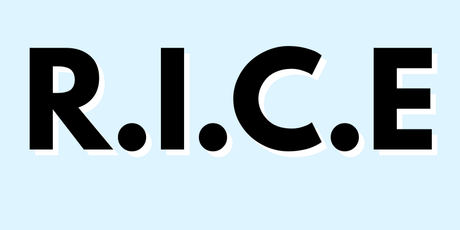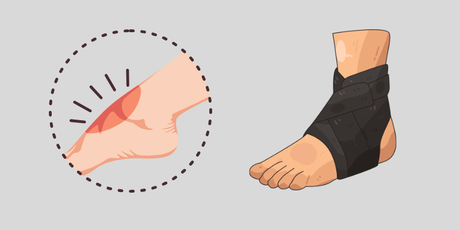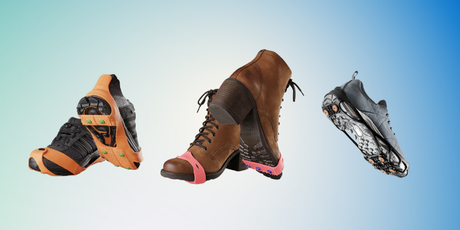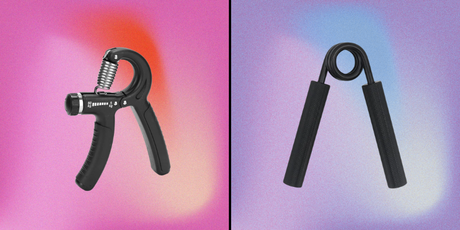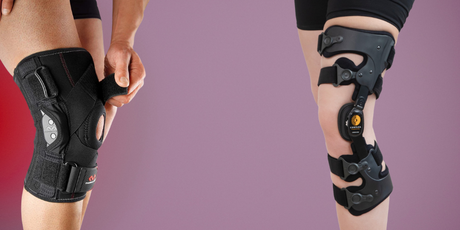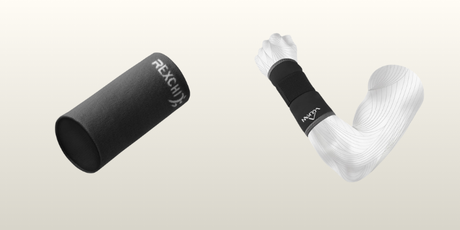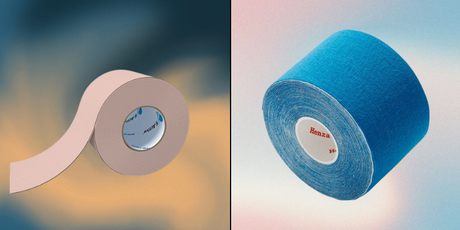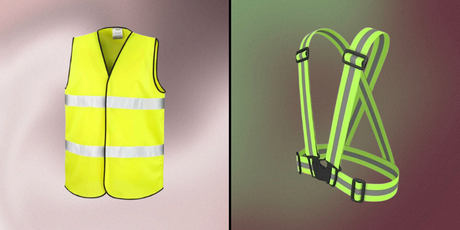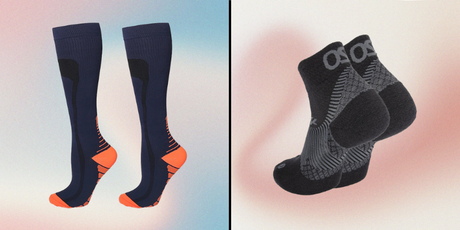Anterior cruciate ligament (ACL) injuries are among the most common - and frustrating - knee injuries, especially for athletes, active individuals, and those recovering from surgery. Whether you're dealing with a fresh tear, midway through rehab, or gearing up for a return to sport, the right ACL knee brace can make a significant difference in your recovery, protection, and confidence.
But with so many brace options on the market - hinged, rigid, sleeves, performance-specific - it can be hard to know which one is truly right for your stage of recovery.
In this guide, we break down the best ACL braces of 2025 based on where you are in the healing process. From post-surgery stabilization to sport-ready support, you'll find everything you need to make an informed decision that supports your recovery and keeps you moving forward.
→ Browse our full range of ACL braces here.
Understanding ACL Injuries
The anterior cruciate ligament (ACL) is one of the key stabilizing ligaments in your knee. It connects the thigh bone (femur) to the shin bone (tibia) and helps control forward motion and rotation of the knee joint. When the ACL is stretched or torn, it compromises the knee’s stability - especially during activities that involve pivoting, cutting, or sudden stops.
How Do ACL Injuries Happen?
ACL injuries typically occur during:
- Sudden direction changes (common in sports like soccer, basketball, or skiing)
- Improper landings from a jump
- A direct blow to the knee (e.g., during contact sports)
- Slips or falls that twist the knee awkwardly
These injuries aren’t limited to athletes - everyday accidents can lead to ACL tears too.
Common Symptoms of an ACL Tear
- A loud pop at the time of injury
- Immediate swelling
- Instability or “giving way” of the knee
- Pain, especially with weight-bearing
- Limited range of motion
Some ACL injuries are partial tears, while others are complete ruptures. Severity can vary, and diagnosis is typically confirmed through a physical exam and imaging (like an MRI).
Treatment Options: Surgery vs. Rehab
Treatment for ACL injuries depends on the severity of the tear and the individual’s activity level. Options include:
- Non-surgical rehabilitation (often with a brace) for partial tears or less active individuals
- Surgical reconstruction for complete tears or those aiming to return to high-impact sports
Regardless of the approach, wearing a brace is a key part of protecting the knee - whether it's stabilizing it post-injury, supporting it through rehab, or preventing further damage during recovery.
In the next section, we’ll explore which types of ACL braces are most effective at each stage of recovery.
The 3 Key Recovery Stages (and Why Braces Differ)
Not all ACL braces are created equal - and that’s a good thing. The support your knee needs changes depending on where you are in your recovery journey. Choosing the right brace at the right time can help reduce pain, improve stability, and speed up healing.
Below, we break the recovery process into three key stages and explain what to look for in a brace at each point.
1. Post-Surgery or Acute Injury Phase
(Weeks 0–6)
This phase begins immediately after an ACL tear or surgery has occurred. The main goals during this time are to:
- Protect the knee from further injury
- Control swelling
- Prevent excessive movement
- Begin gentle range-of-motion exercises (as approved by a physiotherapist)
What to Look For in a Brace:
- Rigid frame or hinged support
- Adjustable straps for custom compression
- Lockout settings to control knee flexion/extension
- Non-slip fit to stay in place during limited movement
Best For:
Post-surgical protection, early injury management, and patients on crutches.
→ Check out our collection of hinge ACL braces.
2. Mid-Recovery / Rehabilitation Phase
(Weeks 6–16)
As healing progresses, the focus shifts to restoring range of motion, muscle strength, and balance. Braces in this stage help provide ongoing stability while allowing for more movement.
What to Look For in a Brace:
- Moderate to high support, often with side hinges
- Lightweight and breathable materials for comfort during exercise
- Low-profile design to wear under clothing
- Easy on/off functionality for daily use and physio sessions
Best For:
Walking, stationary cycling, light strength training, and early return to low-impact activities.
3. Return to Sport or High Activity Phase
(Weeks 16 and beyond – varies by case)
By this stage, the goal is to return to sport, fitness, or physically demanding work—without reinjury. A well-designed performance brace adds confidence, protects the healing ligament, and supports dynamic movement.
What to Look For in a Brace:
- High-level stability for lateral movements, cutting, and jumping
- Flexible hinges for mobility with protection
- Moisture-wicking, secure fit for active use
- Durability for long training sessions or competitive play
Best For:
Running, team sports, skiing, hiking, or weightlifting post-recovery.
Why Matching the Brace to the Stage Matters
Wearing the wrong type of brace - like a rigid post-op model during active recovery - can actually hinder progress. On the other hand, a well-matched brace provides:
- Optimal support without over-restricting movement
- Better comfort and wearability
- Enhanced confidence during recovery
In the next section, we’ll guide you through exactly how to choose the right ACL brace for your specific needs.
How to Choose the Right ACL Brace for You
Now that you understand the different recovery stages, the next step is knowing how to pick the right ACL brace for your specific situation. Whether you’re recovering from surgery, dealing with a partial tear, or returning to sports, the right brace should support your knee - without getting in the way of your recovery.
Here are the 5 key factors to consider when choosing an ACL brace:
1. Your Stage of Recovery
The most important question: Where are you in your healing journey?
- Fresh injury or post-surgery? → Look for rigid, hinged, or immobilizing braces.
- Rehabilitating and building strength? → Go for lightweight, moderate-support models.
- Returning to sport? → Choose a performance-grade brace with dynamic support.
2. Your Activity Level
Ask yourself:
- Are you mostly walking or doing light rehab exercises?
- Do you plan to return to high-impact sports or heavy training?
- Do you need support for all-day wear at work or during travel?
If you’re highly active or returning to sport, prioritize a brace that’s both durable and mobile, with strong lateral support. For lower activity levels, comfort and ease of use are key.
3. Fit and Sizing
An improperly fitted brace can be just as ineffective as no brace at all. Make sure to:
- Measure your thigh, knee, and calf based on manufacturer instructions
- Choose a brace with adjustable straps or custom sizing options
- Look for designs that stay in place during movement (non-slip lining is a plus)
4. Medical Advice (When Needed)
If you’ve had ACL surgery or a full tear, it’s wise to speak with your:
- Orthopedic surgeon
- Physiotherapist
- Sports medicine specialist
They can help you choose a brace that complements your rehab program and fits your condition correctly. (Pro tip: bring the brace to your next physio session to confirm it works for your range of motion.)
FAQs
Still have questions about choosing or using an ACL brace? You're not alone. Here are answers to some of the most common concerns we hear from customers.
1. Do I need a prescription to buy an ACL brace?
No. In most cases, you don’t need a prescription to purchase an ACL brace. However, if you're recovering from surgery or under the care of a physiotherapist or orthopedic surgeon, it's always a good idea to check with them first. They may recommend a specific type of brace based on your recovery plan.
2. How long should I wear my ACL brace each day?
This depends on your stage of recovery and activity level:
- Post-surgery: You may wear your brace for most of the day, including during sleep (as advised by your doctor).
- Rehabilitation: Wear it during physical therapy, walking, or any movement that puts stress on your knee.
- Return to sport: Wear it during training, workouts, or any sport-specific activity.
Important: Always follow your healthcare provider’s instructions. Overuse or underuse can affect your recovery.
3. Can I wear an ACL brace over clothing?
Yes - but keep in mind:
- Most braces are designed to be worn directly on the skin to provide a secure, non-slip fit.
- If you prefer to wear it over leggings or compression pants, make sure the material is thin and non-slippery.
- Try it both ways and go with what feels most stable and comfortable.
Conclusion
Choosing the right ACL brace is more than just picking a product - it's about finding the right support for where you are in your recovery and where you want to go. Whether you're just beginning your post-surgery journey, rebuilding strength in physio, or returning to the sport you love, the right brace can give you the confidence and protection to move forward safely.
By understanding your stage of healing, activity level, and the features that matter most, you're already ahead of the game. Remember, recovery is personal, and so is the brace that will support you through it.
If you're ready to take the next step, explore our full collection of ACL braces. We're here to help you find the perfect fit so you can focus on what matters most - getting back on your feet and staying there.
→ Explore all ACL supports and braces here.



